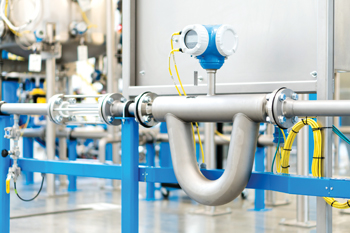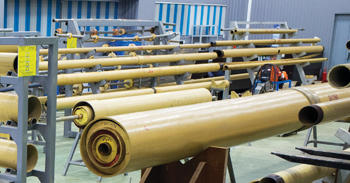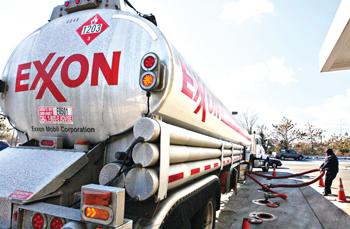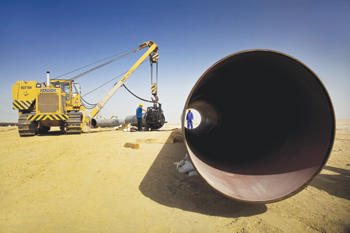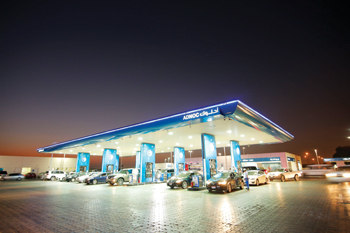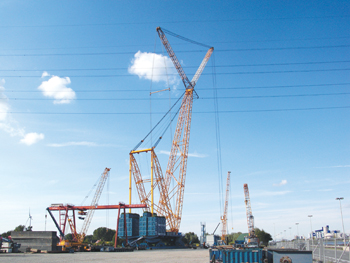
 Sarens’ biggest crane
Sarens’ biggest crane
US crane sales and rental and heavy lift specialist Bigge says that its customers’ requirements for safely achieving schedule optimisation continues to be one of the biggest drivers for business, regardless of the industry served
Business in the global heavy lift sector continues to be driven primarily by the oil and gas, offshore wind power, and nuclear powerplant industries – although infrastructure projects remain an important staple, too.
According to Gert Hendrickx, sales director, projects, at Sarens: "Our SGC range of cranes have been specifically developed in response to the changing needs of the market, namely building oil, gas or nuclear powerplants and for maintenance applications in these sectors. The onshore side of the offshore wind power sector is keeping us very busy at the moment, too. This comprises loading large elements for wind farms onto boats for erection at sea."
It was the increasing size and weight of items that Sarens’ customers required lifting and moving that prompted it to further develop the SGC crane range. "The first crane in the SGC range was the SGC 120. It was completed in March 2011 and had a lifting capacity of 3,200 tonnes," says Hendrickx. "Six years later, in October 2017, we launched our second crane in the series, the SGC 140, which has the same lifting capacity but at a longer radius. Now we have two more SGC cranes in development, the SGC 90 and the SGC 250, which could come to fruition as early as Q2, 2018 and Q1, 2019, respectively. You can see, we have accelerated the development of our SGC series."
The crane is currently being derigged and shipped to Kazakhstan, where it will be used on Sarens’ big Tengizchevroil (TCO) project for approximately the next three years. "The crane’s design has been optimised for transportation via standard sized containers," explains Hendrickx. "We had prior experience fitting the SCG 120 into containers and it has successfully been transported around the world. With the SGC 140 we have allowed a safe window of three months to move it from Ghent, Belgium to Kazakhstan."
TCO operates the Tengiz oil field in Kazakhstan and Sarens has been working on the project since 2014 and the SCG 140 will be used to offload, store, stack, and transport refinery modules to their installation points. "Using the SGC 140 on the TCO project in Kazakhstan is a big milestone for Sarens," says Hendrickx. "It is the combination of our biggest crane to date and the biggest project in our history… but there will be more. We are eager to grow, to take things to the next level."
Another company ‘going big’ is international heavy lift and transport contractor Mammoet. It performed its largest lift to date for Lotte Chemical’s ethylene glycol project in Louisiana, USA. In late September 2017 Mammoet used the PTC 200 DS – the largest crane in its fleet – to lift a 107-metre-long, 1,600 tonne wash tower.
Mammoet has also completed the expansion of its site at the Port of Freeport in Texas, USA. The company says that with the Port of Freeport being in close proximity to several major job sites the expansion allows it to accommodate increased demand to bring in, store, and distribute equipment to nearby projects quickly and efficiently. The additional space also provides a subleasing opportunity for clients in a secure site with 24-7 port patrol, Mammoet says.
Mammoet reports an increasing demand for factory-to-foundation services, such as the project it has successfully completed for a fertiliser company. The agriculture fertiliser and industrial nitrogen manufacturer required the replacement of an R-101 vessel at its plant in Southern Alberta, Canada. The vessel was constructed in Austria and Mammoet transported it from there to Canada using several modes of transport including barge, ship, and rail. Once the vessel arrived in Alberta, Mammoet removed the old R-101 vessel, weighing 410 tonnes. It used a Liebherr LR 11350 lattice boom crawler crane. At the time it was the biggest crane available in Canada, with a boom length of 126 m and a capacity of 1,350 tonnes. It was needed because both the old and new vessel had to be lifted up 72 m through the roof.
Italian heavy transport and lifting service provider Fagioli has also announced the completion and near conclusion of a range of diverse projects. The company has been particularly busy in India where projects include: the lifting, skidding and lowering of a 100 tonne generator; the lifting a 130 tonne boiler drum in In Rourkela; and the lifting a 630 tonne monolithic memorial stone in Bangalore. The stone had to be raised by two metres to rotate it.
In Fagioli’s home country, Italy, it has also completed the initial phase of a load-out and load-in, sea fastening and transportation project involving eight GTG modules and seven PAUs for the oil and gas industry. The project also involved Fagioli stacking an upper main module on top of a lower main module using a combination of skidding, tower lift and strand jack systems. The upper GTG module weighed 997 tonnes and was 57.7 m long, 15.9 m wide, and 11.2 m high. In 2018 Fagioli will de-stack the modules and load them onto a boat at a port in Central Italy.
Fagioli is also nearing the end of its long-term Mo.s.e project. This involved transporting and installing barriers to help protect the city of Venice from flooding. For this high-profile job Fagioli developed tailor made launching gantry lifting system weighing 360 tonnes. It comprised four tower sections (top frames), two crosshead beams equipped with four L180 tonne strand jacks designed to lift and position 19 off 210 tonne mobile barriers into the water.
Finally, Fagioli has announced it has opened a new branch in Indonesia to help extend its services to this part of the world. This expansion comes following a positive spell for the company; it reports sales for 2016 at close to €200 million, up 20 per cent on 2015’s figure of €163 million, and says the order books for future business look good, with at least €120 million of business already booked.
Global heavy lift provider, ALE, has also completed of a number of high-profile projects. At the time of writing it was dismantling its AL.SK190 crane at Earls Court, London, UK where it lifted 61 portal beams, weighing between 100 and 1,500 tonnes for construction engineering company Keltbray. While on the job site ALE says it performed the largest single lift undertaken in UK history by a land-based crane by lifting a beam weighing 1,500 tonnes in just 2.5 hours in June 2017.
ALE also launched the Zezelj bridge in Novi Sad, Serbia, in October 2017. In total the bridge weighed 11,100 tonnes and was 474 m long. ALE was contracted by Spanish civil engineering and construction services company Azvi to perform the bridge launch. The project started in June 2017 and involved jacking as well as launching two arches and the installation of two span sections.
ALE deployed jacks, a skidding system, and three pontoons combined with hydraulic winches, a ballast system, and a bespoke gantry designed especially for the project. The first manoeuvre consisted of jacking-up the first bridge section, which weighed 4,750 tonnes, using 16 jacks with a 7,600 tonne capacity. ALE adapted the height of the gantry for several river levels and used a modular steel structure with the combination of hydraulic jacks on top the main columns.
The second arch measured 220 m long and weighed 6,400 tonnes, and was launched in the same way as the first. The operation took five days, spread over four-months.
ALE has boosted its heavy lift equipment portfolio with the launch of a new 1,000 tonne capacity telescopic lifting gantry: the TLG1000. ALE says the four-tower lifting gantry is the first system in a new fleet of high capacity hydraulic gantries. It has a variable track width, running on tracks between 915 mm (standard) and 1,750 mm wide for greater stability. The three-stage system has a 1,000 tonne capacity at all stages up to 12 m high. It also has additional safety features, including a mechanical lock system and monitoring systems to check any ground settlements or tower deflections.
"As users, we know what works in practice and we couldn’t find anything else on the market which fulfilled our needs," explains ALE technical director, Ronald Hoefmans. "We wanted a lifting solution that has a high capacity without compromising on stability. This lifting gantry has been designed with more horizontal loading than other standard systems on the market. Furthermore, it is not only stronger but the lifting capacity of the system remains the same throughout all three stages of the lifting process."
The TLG1000 has been function and load tested at ALE’s R&D facilities in the Netherlands and is currently being shipped to its inaugural project in South America.




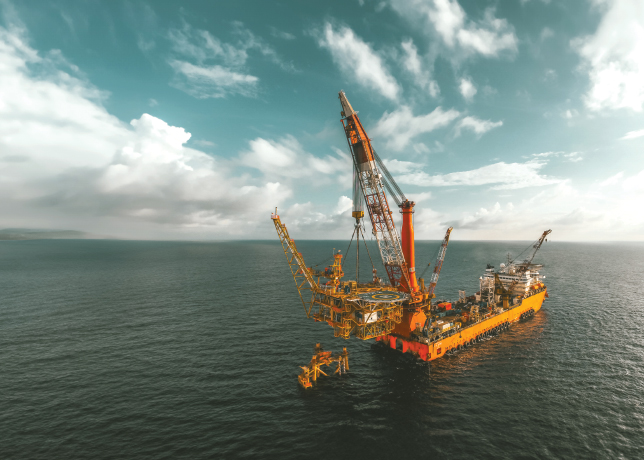


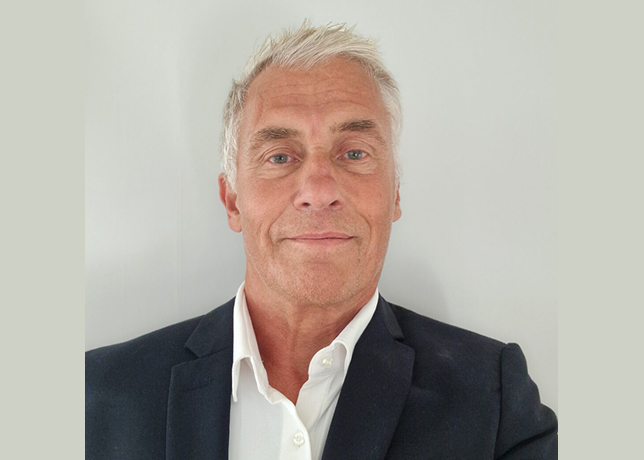
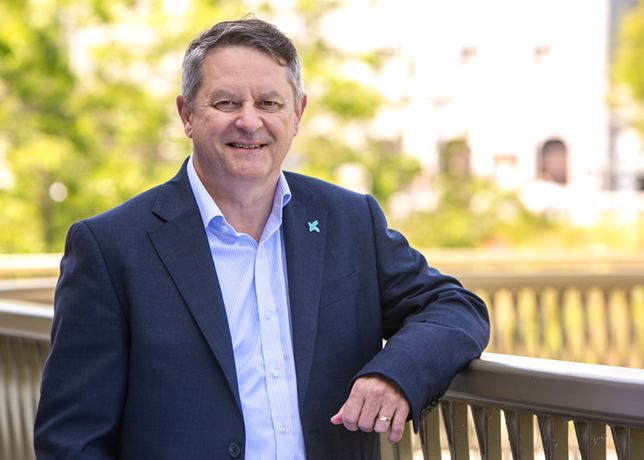


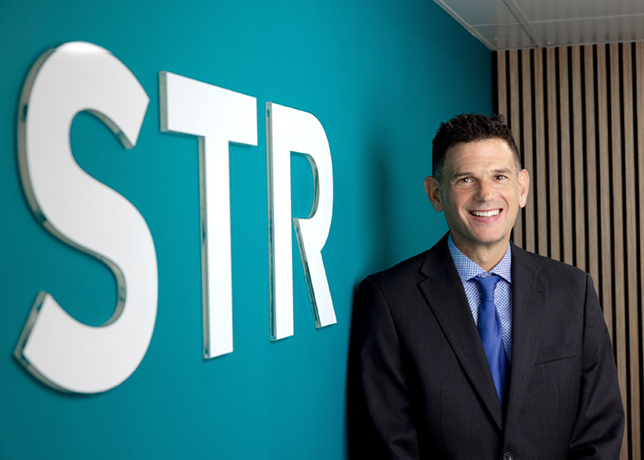
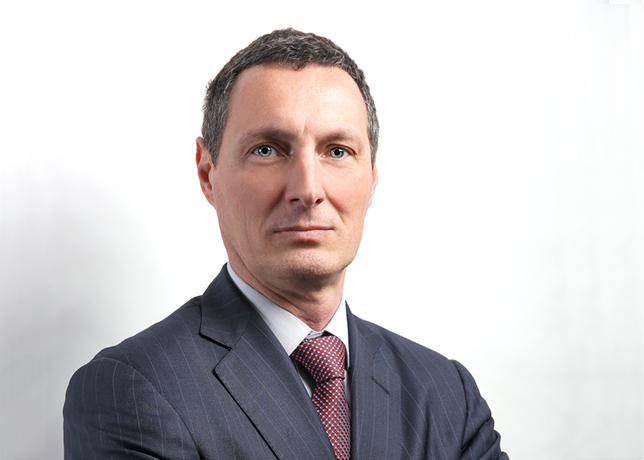
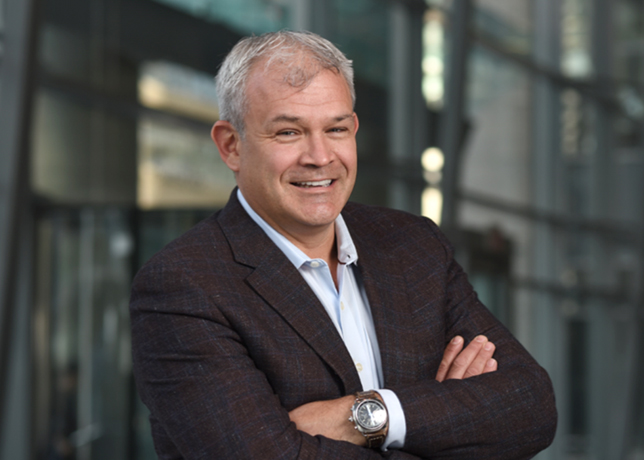


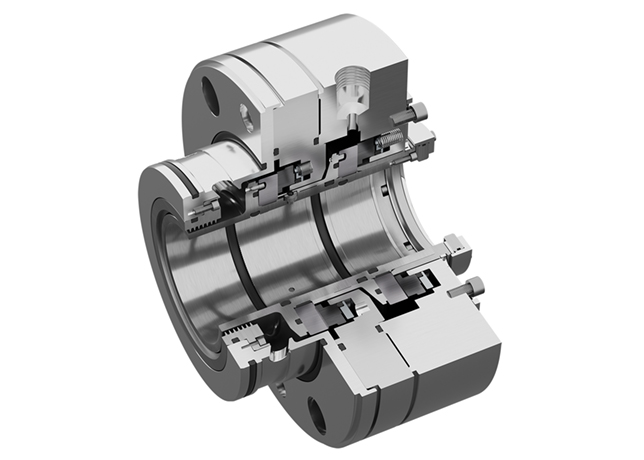
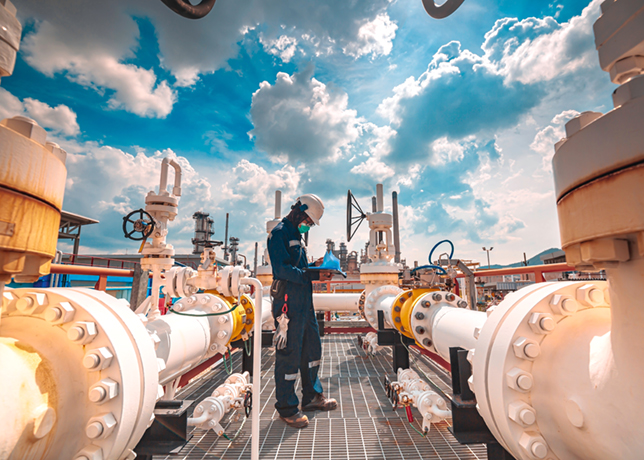
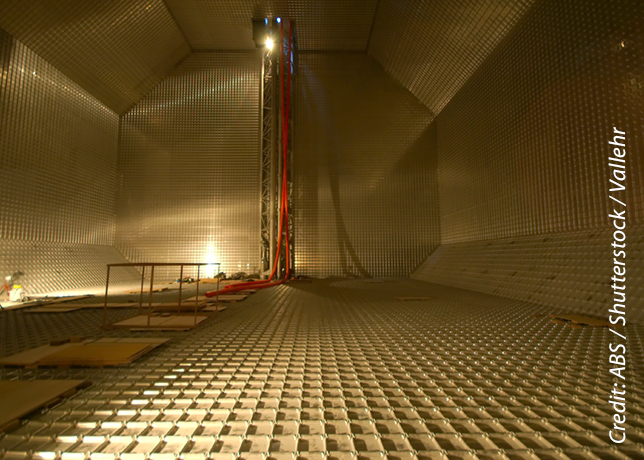
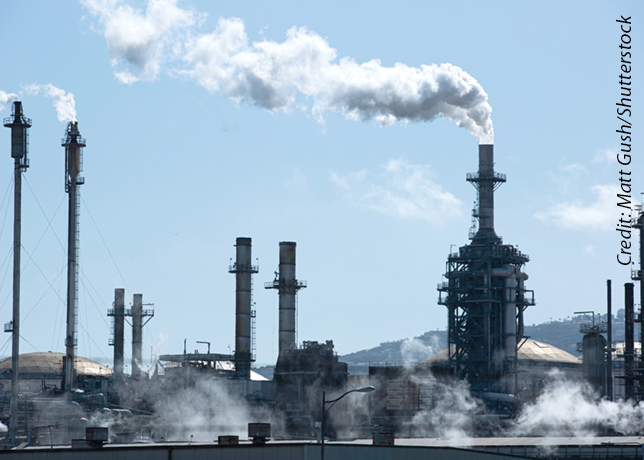
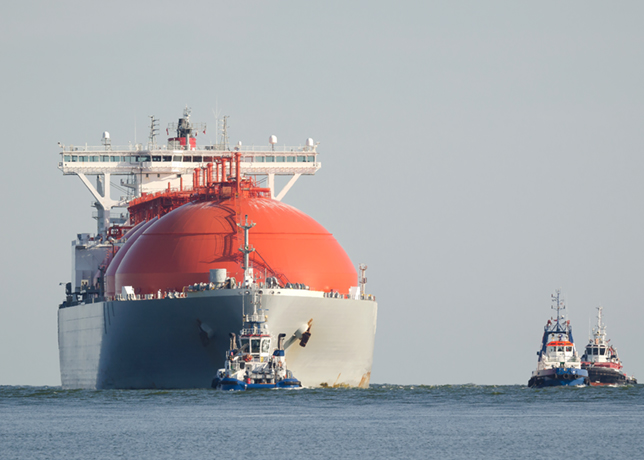

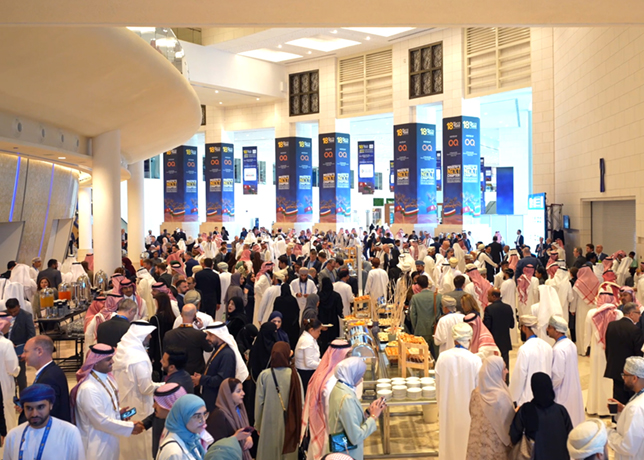
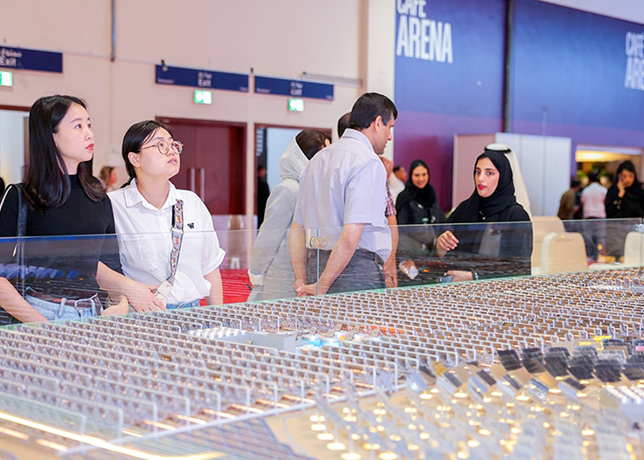
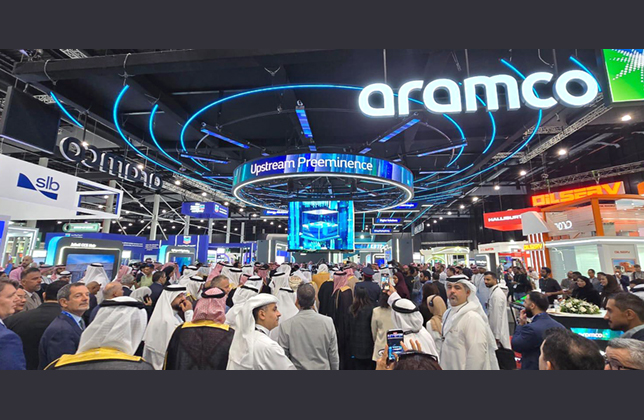




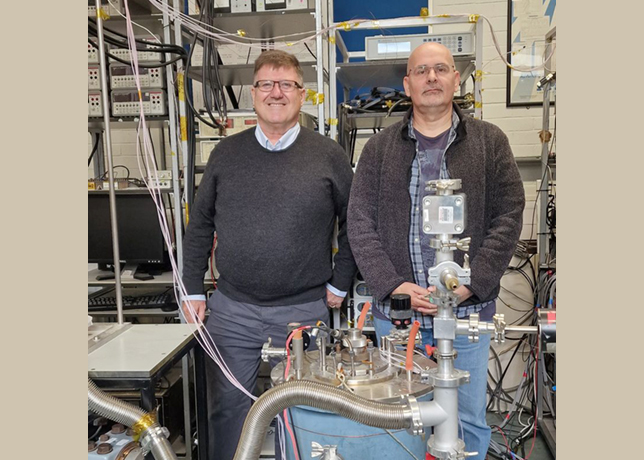
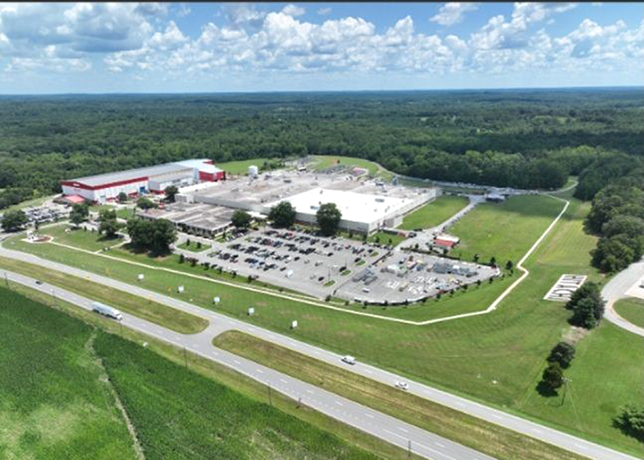

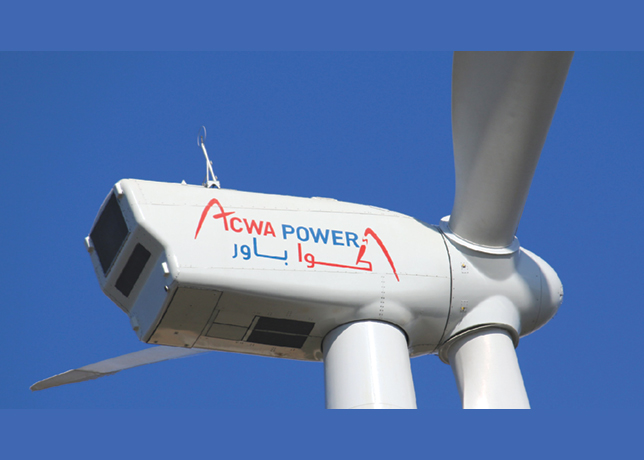



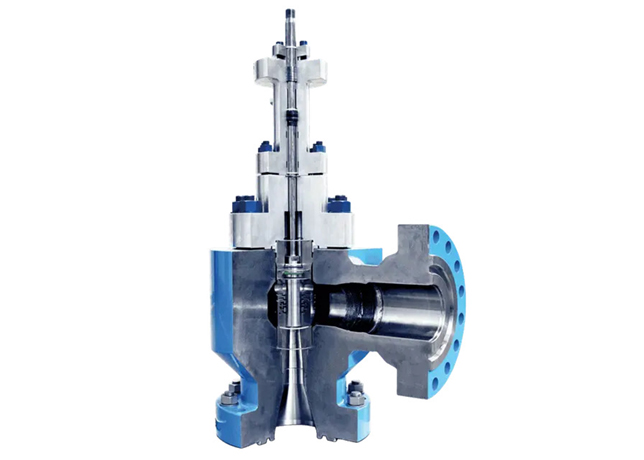

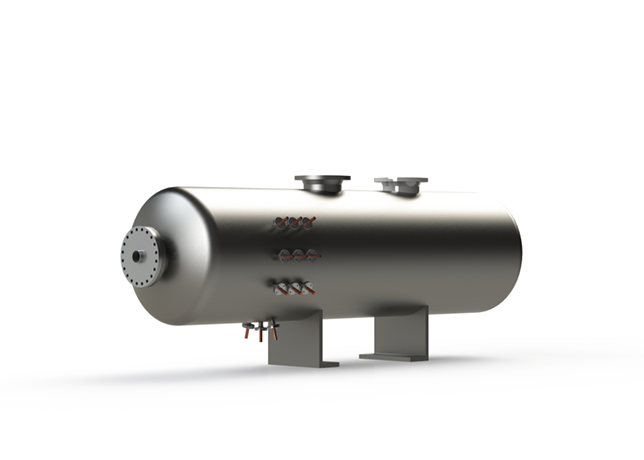
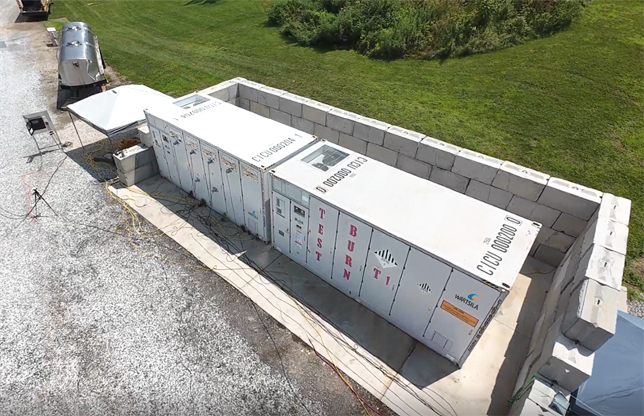





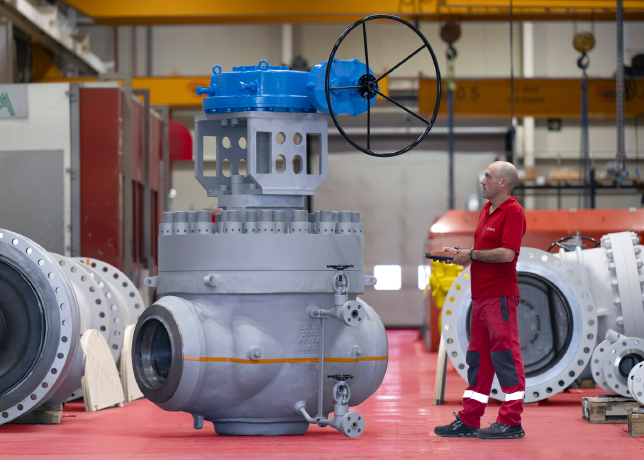

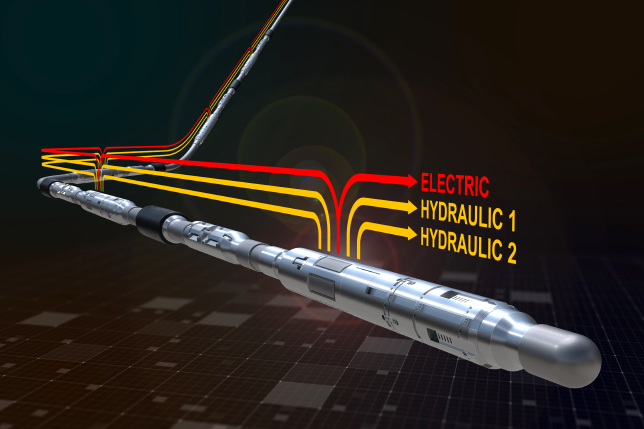
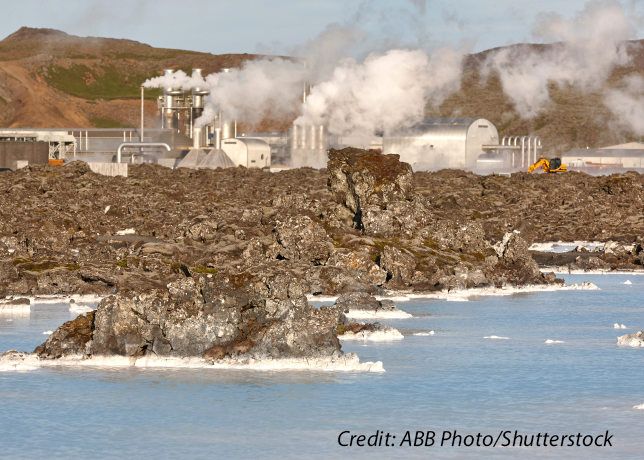

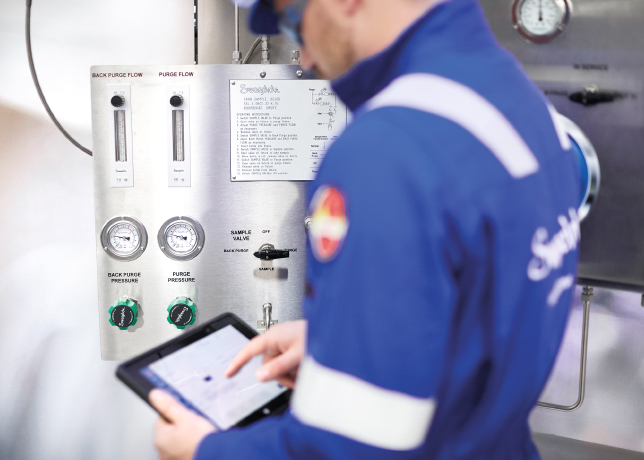

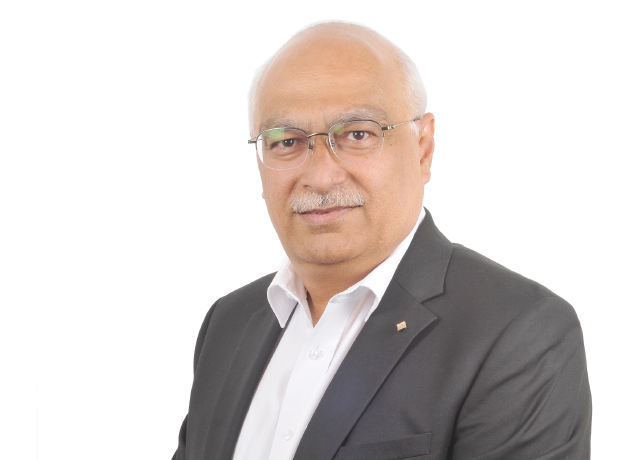
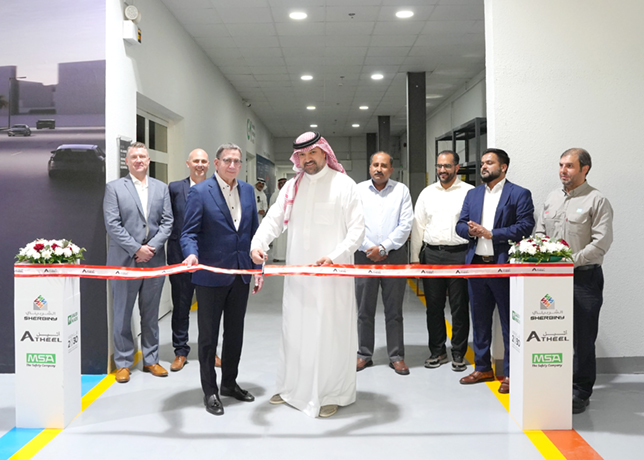
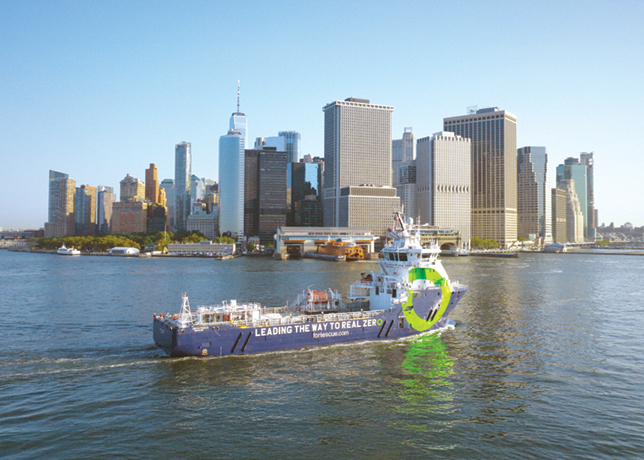
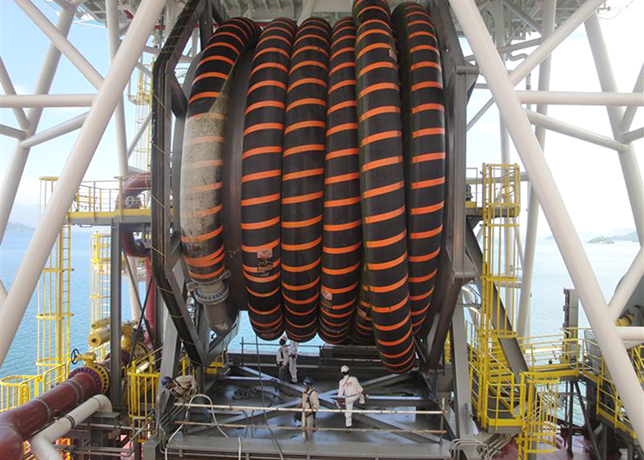
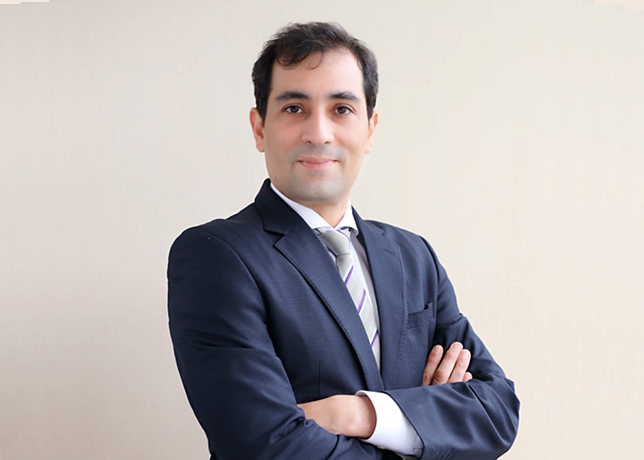
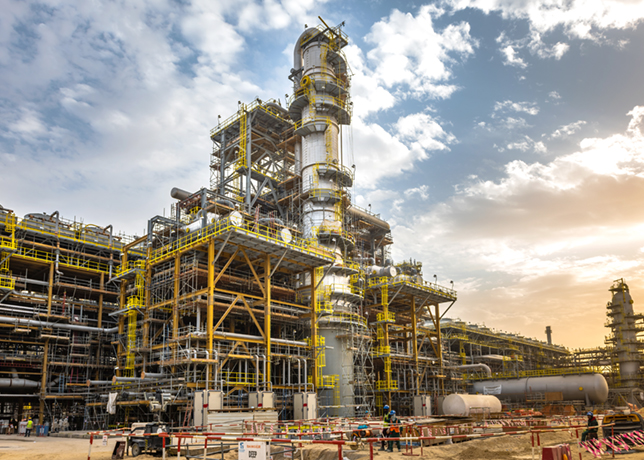
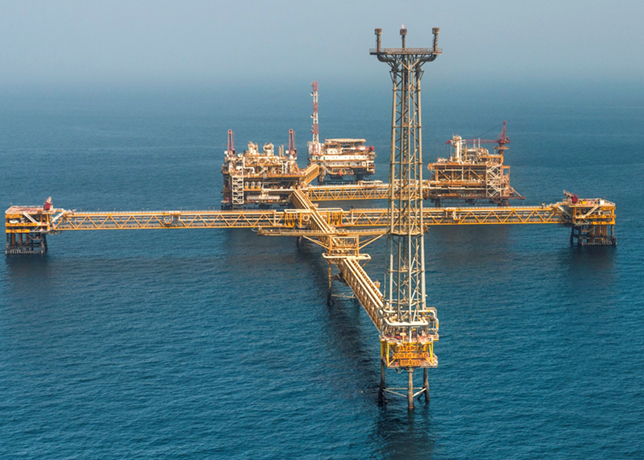
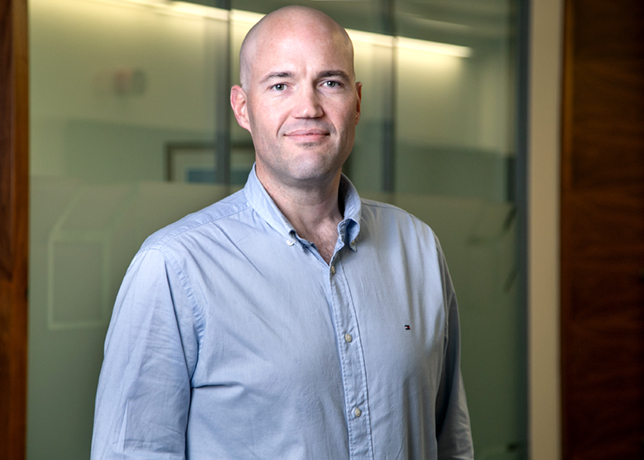
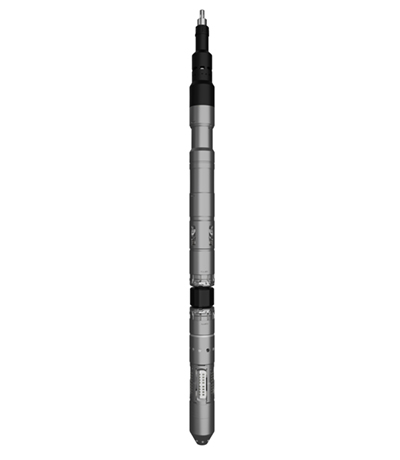
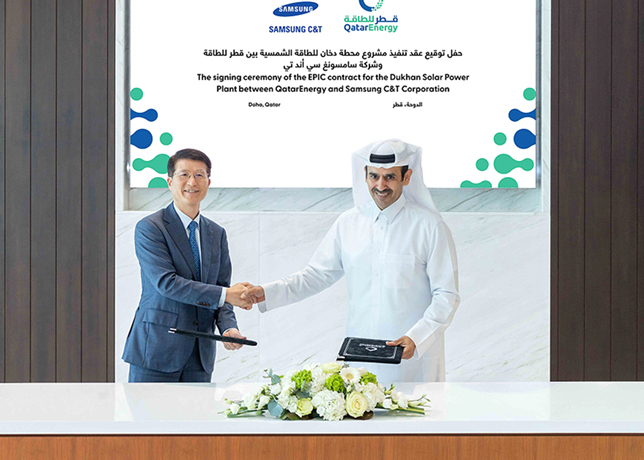
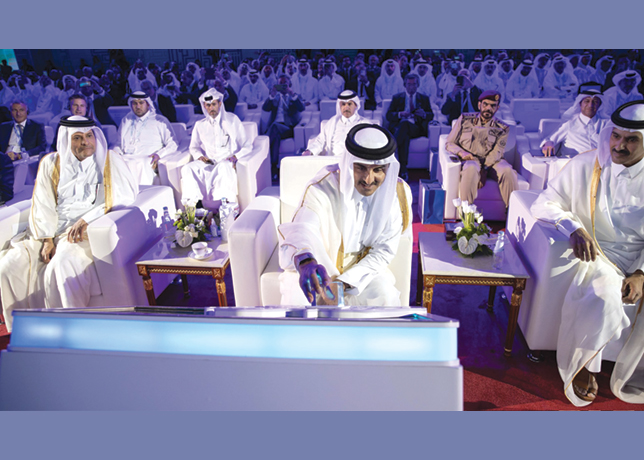






















.jpg)
